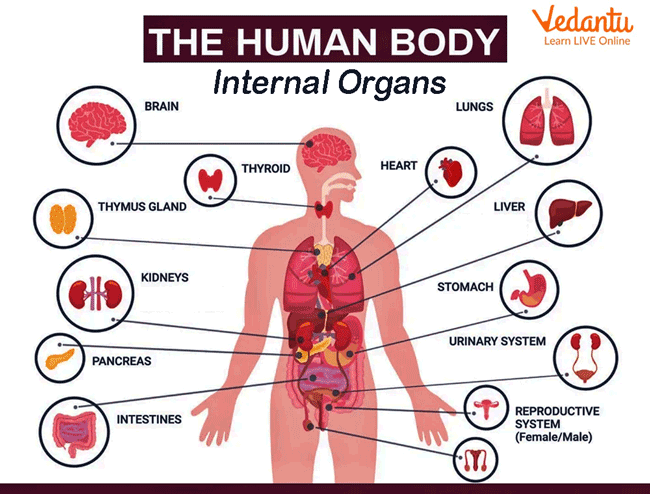Sex education and understanding the human body are integral parts of overall health and wellness. However, despite its importance, sex education is still often stigmatized and not adequately addressed in many educational systems. This can lead to misconceptions and a lack of understanding about the human body, including the proper names of body parts.
It is crucial for individuals to have a comprehensive understanding of their bodies and reproductive health. This includes having the proper terminology to accurately communicate any concerns to medical professionals. The lack of proper education can result in individuals feeling embarrassed or ashamed to seek medical attention for issues related to their sexual health.
Incorporating comprehensive sex education, including the proper naming of body parts, in schools can help to remove the stigma and shame surrounding discussions of sexuality. It also provides young people with the information and skills they need to make informed decisions about their sexual health.
Studies have shown that comprehensive sex education leads to decreased rates of unintended pregnancy and sexually transmitted infections. It also promotes healthy relationships and communication about sexual activity.
It is important to note that sex education and the naming of body parts should be culturally sensitive and inclusive. This includes education on consent, diversity, and the spectrum of sexual orientation and gender identity.
In conclusion, sex education, including the proper naming of body parts, is a vital aspect of health and wellness education. It empowers individuals to make informed decisions about their sexual health and removes the stigma surrounding discussions of sexuality. The incorporation of comprehensive and culturally sensitive sex education in schools must be prioritized. Sex education and the names of human body parts should be discussed in educational curriculums to ensure a full understanding.
Sex education , education for sex ,



